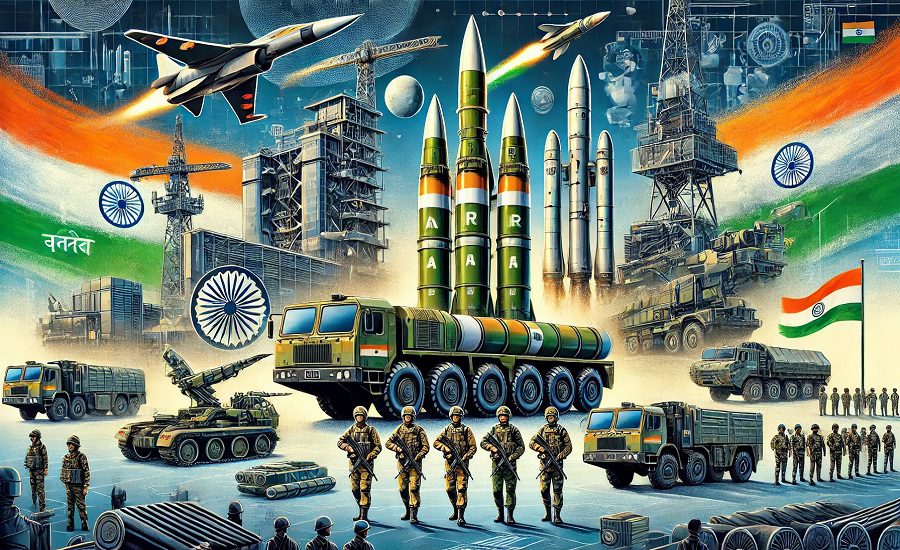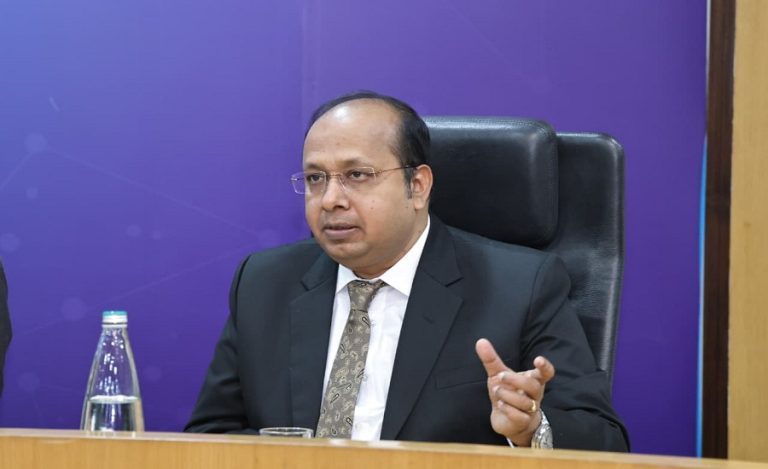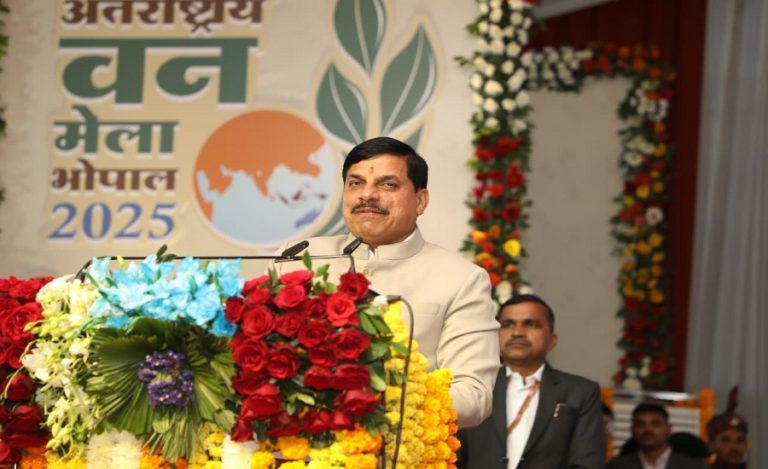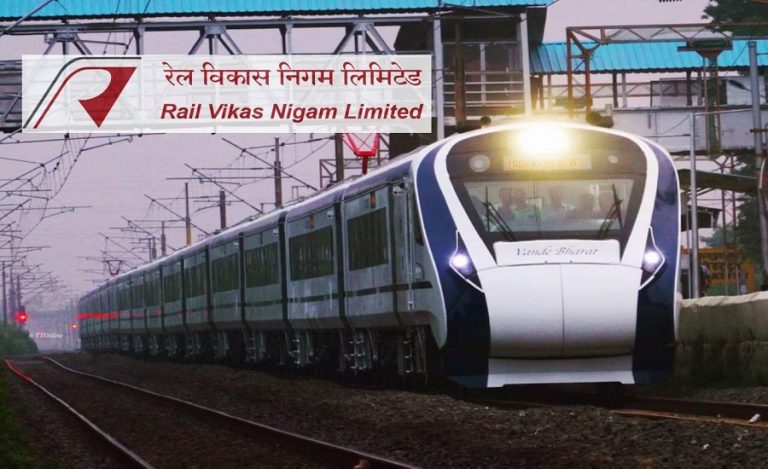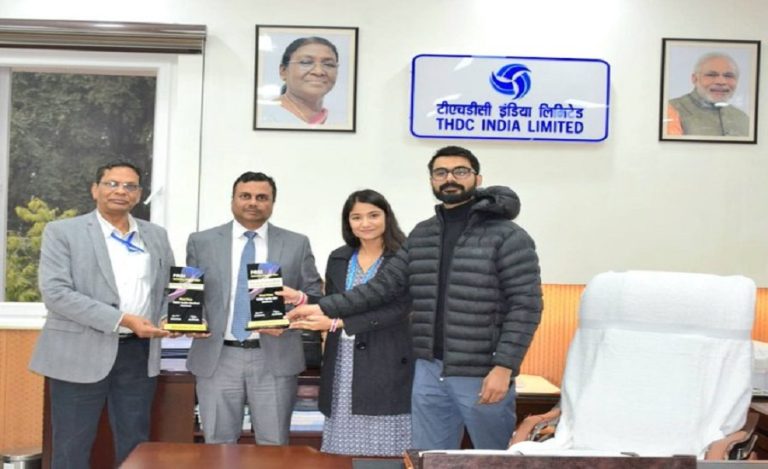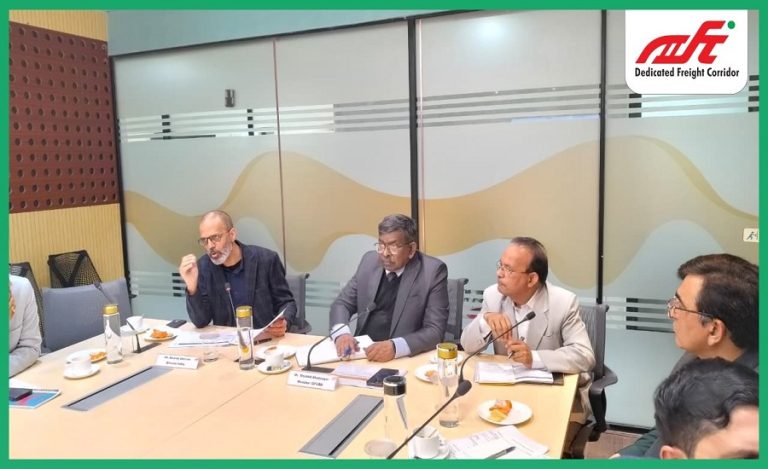Leh: The Indian Army has embarked on a major step toward modernizing its logistics footprint in high-altitude terrain. On 16 October 2025, the Fire & Fury Corps (14 Corps) signed a memorandum of understanding (MoU) with JCBL Group’s Airbornics Defence & Space (ADSL) to establish a New Generation Vehicle (NGV) logistics and repair hub inside the 14 Corps Zonal Workshop in Leh.
New-Generation Vehicle Logistics Hub: A Hub for High-Altitude Operational Support
The new facility is more than a repair shop. It is planned as a central “mother hub” in Leh, with satellite logistics nodes in forward zones such as Kargil, Tangtse, and Nyoma.
This architecture aims to ensure faster repairs, better availability of spares, and reduced downtime — challenges that are especially significant in harsh winters when certain Ladakh sectors may be cut off for up to six months.
Key partnership for this New-Generation Vehicle Logistics Hub project
Under this agreement, JCBL/ADSL will:
- Maintain a dedicated OEM warehouse for fast-moving spare parts for NGVs.
- Provide repair, retro-modification, and maintenance support.
- Undertake R&D, training, and field support through deployment of technical teams onsite.
- Supply critical war-like stores via their group network inside India and internationally.
JCBL’s Managing Director Rishi Aggarwal expressed that integrating industry capabilities at formation level would boost equipment availability and operational readiness.
Read also: Su 30MKI jets and Meteor Long-Range Air-to-Air Missiles Integration: Breakthrough in Modernisation
On behalf of the Army, Lt Gen Hitesh Bhalla, Commander of 14 Corps, urged units in Ladakh to fully utilize this forward industry warehouse network. Plans are underway to replicate similar hubs at three additional forward locations within the corps’ area of responsibility.
Strategic Impact & Challenges Addressed
Operating modern NGVs in high-altitude conditions poses unique logistical and maintenance stress. Snow, freezing conditions, poor connectivity, and long supply lines make rapid repair and spares delivery difficult. Establishing a hub in Leh addresses these bottlenecks directly.
The hub is expected to centralize diagnostics, major repairs, spare warehousing, and warranty support, significantly cutting turnaround times and increasing readiness of vehicle fleets deployed in remote border areas.
Moreover, by embedding industry presence closer to the field, the Army taps into faster technical resolution and continuous upkeep — a model aligning with the vision of Atmanirbhar Bharat (self-reliant defence).
What Lies Ahead
Deployment of technical teams from partner firms (Tata Advanced Systems, Mahindra Defence, JSW, Polaris, Bharat Forge) to support hub operations.
Expansion of hub infrastructure to forward points beyond Leh, covering key border sectors in Ladakh.
Ongoing collaboration between Army EME/Ordnance verticals and industry for responsive support at altitude
The launch of the NGV logistics hub in Leh is not just a logistical upgrade — it is a strategic milestone in bolstering India’s defence infrastructure in the Himalayas. With persistent challenges of terrain, high-altitude stress, and supply constraints, this facility brings fresh hope for sustaining operational momentum along the northern frontiers.
Read also: India’s Hypersonic Leap: LRAShM Missile Enters Serial Production, Eyes 1,500 km Range

